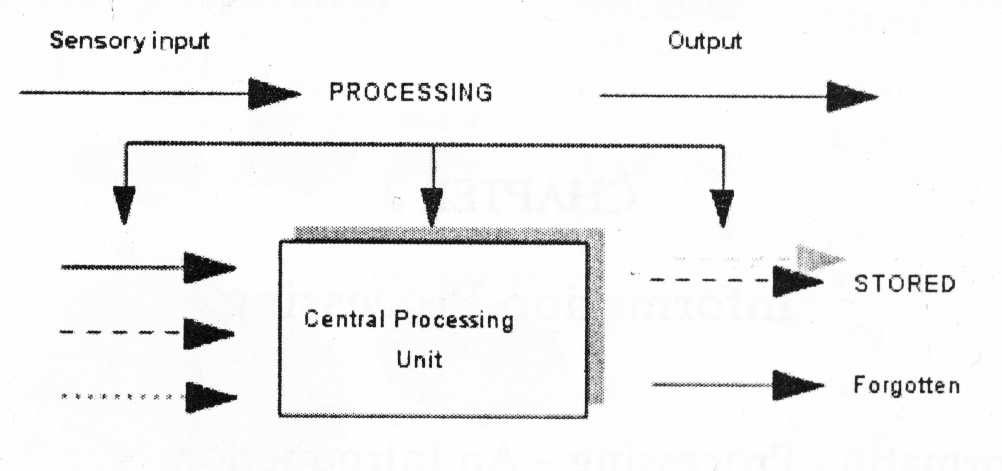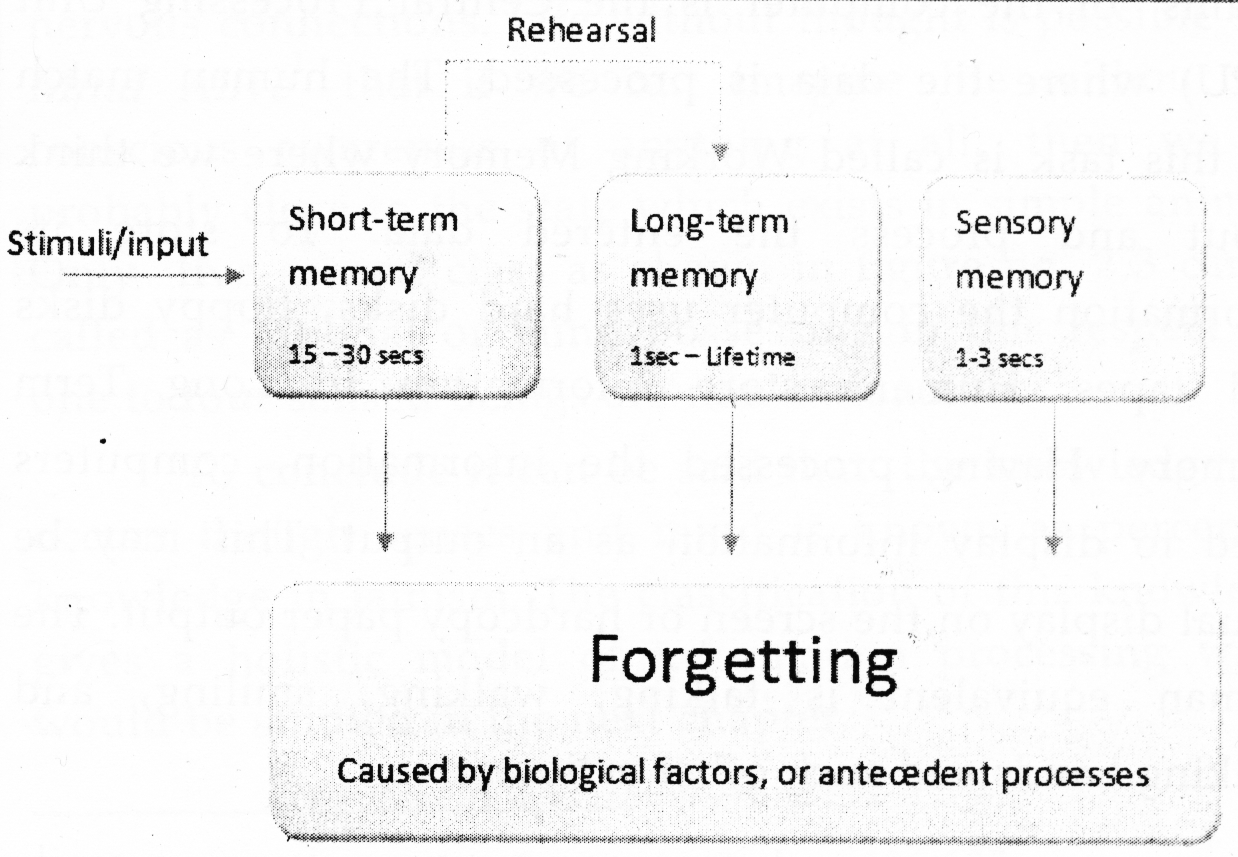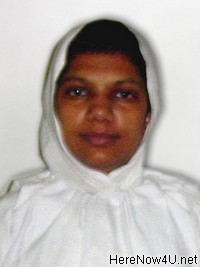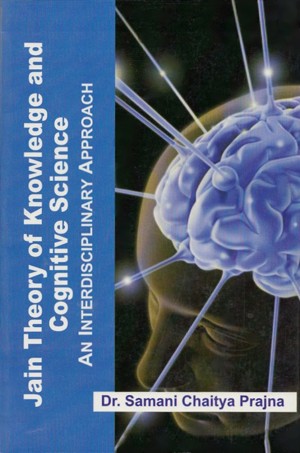3.0 Introduction
The human mind works just like a computer.[1] It takes information, organizes it, stores it for later use and then retrieves it when necessary. In a computer, information (data) is entered into the computer through a keyboard or scanner or another input device. The human corollary for this would be the ears, the eyes or other sense organs. The data needs to be processed, i.e. comparisons and logical decisions must be made. The 'brains' of the computer is the Central Processing Unit (CPU) where the data is processed. The human match for this task is called Working Memory where we think about and process the entered data. To store its information the computer uses hard disks, floppy disks and tapes. Humans store information in Long Term Memory. Having processed the information, computers need to display information as an output. This may be visual display on the screen or hardcopy paper output. The human equivalent is talking, walking, smiling, and shaking hands and such other action.

Fig. No. 3.1: Information Processing in Computer
According to this view, there are three kinds of memory:
Sensory registers. The part of the memory that receives all the information a person senses.
Short-term memory (STM). Also known as working memory, the part of memory where new information is held temporarily until it is either lost or placed into long-term memory.

Fig. 3.2: Atkinson Model of Information Processing
Long-term Memory (LTM). The part of memory which has an unlimited capacity and can hold information indefinitely as described by Atkinson and Edwards.[2] This is very true from the Jain point of view as the scriptures such 2 - as Ācārānga[3] and Āvaśyaka Cūrṇi, they recommend the possibility of recollection of infinite period that an organism has undergone. This kind of knowledge is a part of perceptual knowledge called Jātismṛti jñāna.
The question arises here is that is retention possible at all?
The following models would be helpful to understand it as in the figs 3.2 and 3.3 from cognitive science and Jain point of view respectively. When people pay attention to information picked up by the sensory registers, it goes into the working memory, if they do not pay attention it is lost. Once in working memory it needs to be processed or practiced within 5 to 20 seconds for it to be transferred to the long-term memory. New information will only be transferred to LTM when it is linked in some way to prior knowledge already in LTM. Information is translated into some meaningful form (encoded) and retrieved through a process of identification and recall for a particular purpose. Learning is the result of individuals successfully encoding new information or recoding existing information in a new way. They can then recall that information from memory and use it. [4] There are many such other models, one of them is as follows.
Earnest R. Hillgard, Richard C. Atkinson, Rita L. Atkinson. Introduction to Psychology, Oxford and IBH publishing Company, New Delhi, 1979. p. 237 Cf. Edwards W., Conversation in Human Information Processing, p.55.
 Samani Chaitya Pragya
Samani Chaitya Pragya

